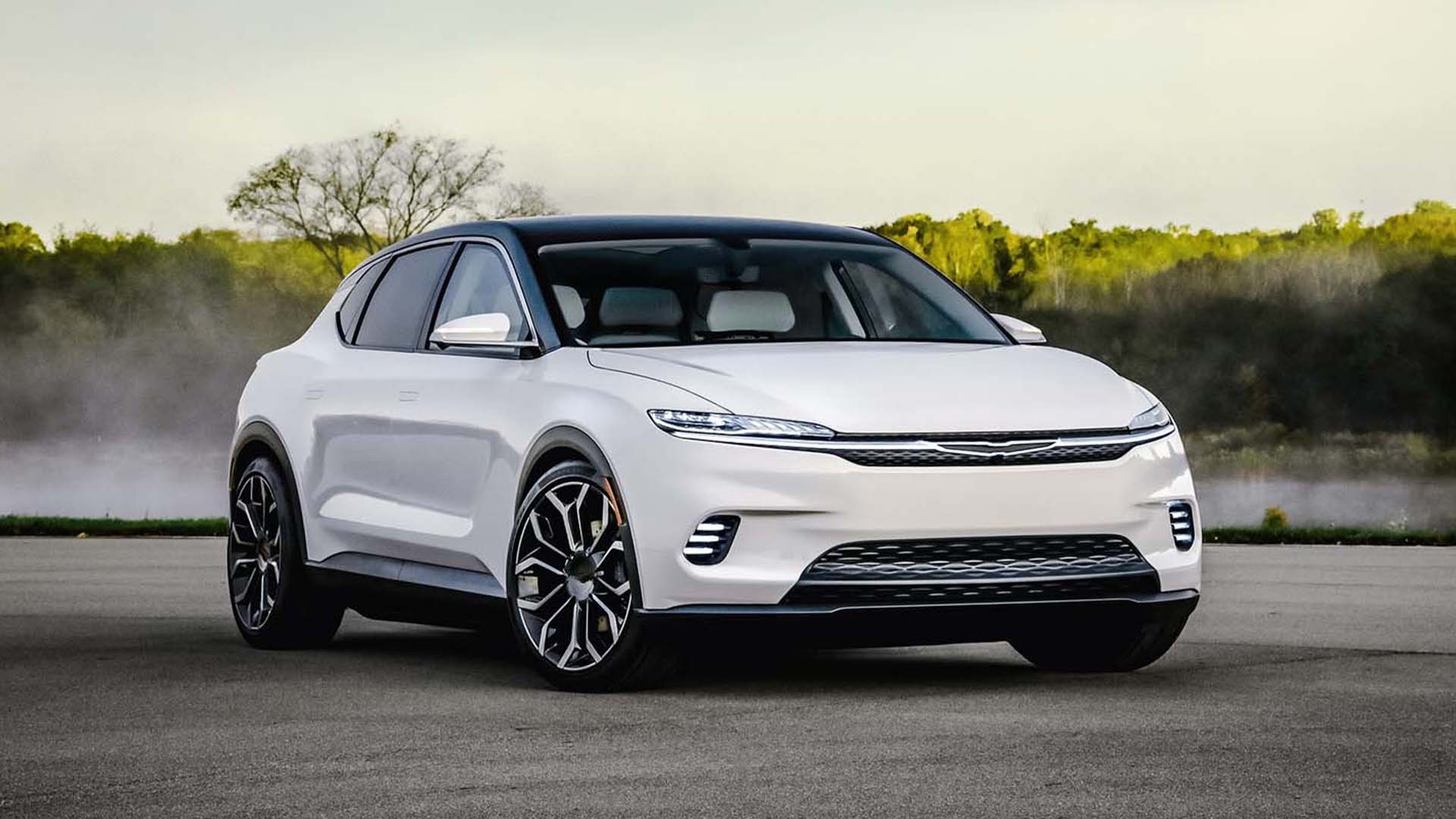

Stellantis CEO Carlos Tavares has made his stance on electric vehicles known from the start. Chief among his concerns has always been how expensive they are to build, and he reiterated that during an earnings call just last week. He added that OEM suppliers would be going through a “very nice Darwinian transition” to absorb the costs as well, throwing more cold water on what most agree is the future of personal transportation. Of course, he’s looking at huge dollar figures seeing as Stellantis encompasses 14 brands in total.
Tavares’ apprehensive outlook hasn’t really slowed down Stellantis’ transition. It is something he won’t leave alone, however, as he revisits warnings about manufacturing costs almost any time he’s in front of a microphone.
This time, Tavares made it clear that he believes not just OEMs but suppliers to them will be sharing the increased cost burden. “In this transformation of the industry, it’s not only about the OEMs, it’s also about the supplier base and, as you know, there is significant competition in the supplier base and that is going to be also a very nice Darwinian transition period for our suppliers as much as it is for the OEMs. It means that we are in the same boat, we are in the same transformation.”
That seems like a strange assessment of the supplier-OEM market, where the Darwinism would be in manufacturer selection of who sells them stuff, surely. But Tavares went on to say that EVs are 50 percent more expensive to produce than internal combustion cars, calling the increased cost the “big gorilla in the room.”
Not that Stellantis doesn’t have the margins for that. Hardly struggling, the colossal brand-chimera made a $15.2 billion profit in 2021, nearly three times what the Fiat-Chrysler Alliance had managed in 2020. As Automotive News reports, Stellantis’ income rose by 85 percent to $12.8 billion in North America alone. Not only that, but UAW members got a record profit-sharing payout of more than $14,000.
Got a story tip? Mail it in on tips@thedrive.com